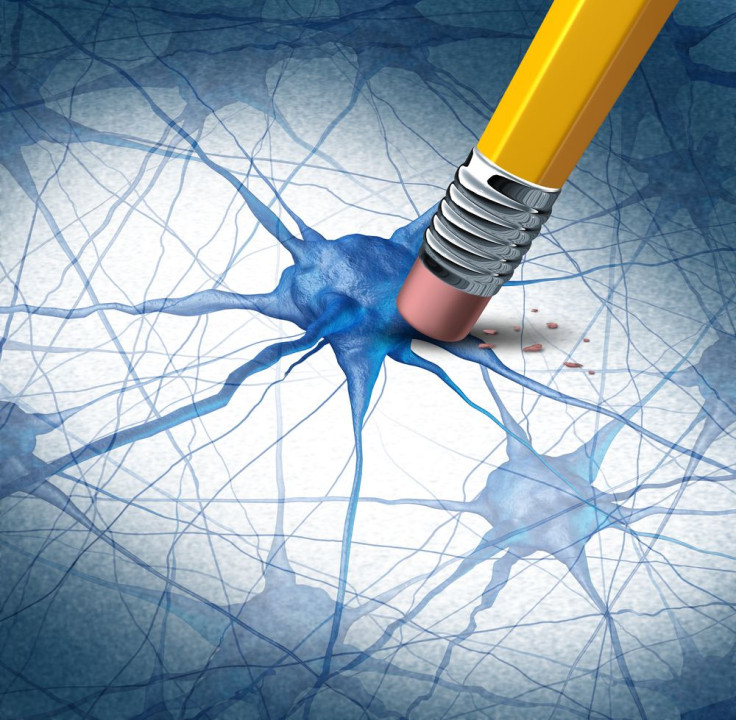Forget About It: Uncovering How We Form Bad Memories Teaches Us To Erase Them

In 2004, Eternal Sunshine of the Spotless Mind won an Academy Award and touched upon a nearly universal human desire to erase bad memories. In the film, the protagonists learned that erasing bad memories probably isn’t the way to mend a broken heart, and definitely isn’t the easiest, but we all can’t help but wonder: If given the chance, would you try this unusual therapy? Well, soon you may have the opportunity.
They say what doesn’t kill you makes you stronger, but let’s be honest, who wouldn’t want to forget painful memories? A team of researchers have recently proved a theory on how we form memories, and, in doing so, shed light on why unpleasant memories have the annoying habit of sticking around. The study was led by Joshua Johansen from RIKEN Brain Science Institute in Japan and New York University scientists Lorenzo Diaz-Mataix and Joseph LeDoux. According to the press release, the scientists tested a widely accepted theory on memory formation.
The theory of Hebbian plasticity was put forward by Canadian psychologist Donald Hebb in 1949. It proposed that simultaneous activity of neurons strengthens their connectivity and leads to the formation of memories. In order to prove this theory, the team used a technique called optogenetics. This allowed them to control brain activity in certain sections of the brain in order to best observe what occurs during the creation of memories.
In doing so, the team saw that the Hebbian theory was correct in that electrical activity was the root of memory formation. The team was able to reduce memory formation by silencing electrical activity in the brain of lab mice. Although the study proved one aspect of the Hebbian theory, it also brought to light brain activities researchers had no explanation for. This led the scientists to conclude that although the Hebbian mechanisms are important for memory formation, it does not solve all the answers to this great mystery.
Despite being unable to completely answer the question of how we form memories, the study is considered a great success. According to the team, the study is the first step toward the eventual goal of memory management. The ability to control fear memory may one day help in the treatment of those suffering from fearful anxiety or post-traumatic stress disorder.
"This work represents one of the first tests of an influential hypothesis for memory formation in the working brain. The findings from this work support the general premise of the hypothesis, but suggest that other factors such as noradrenaline are also crucial," Johansen explained in the press release.
Source: Johansen JP, Diaz-Mataix L, Hamanaka H, et al. Hebbian and neuromodulatory mechanisms interact to trigger associative memory formation. Proceedings of the National Academy of Sciences of the United States of America. 2014.



























